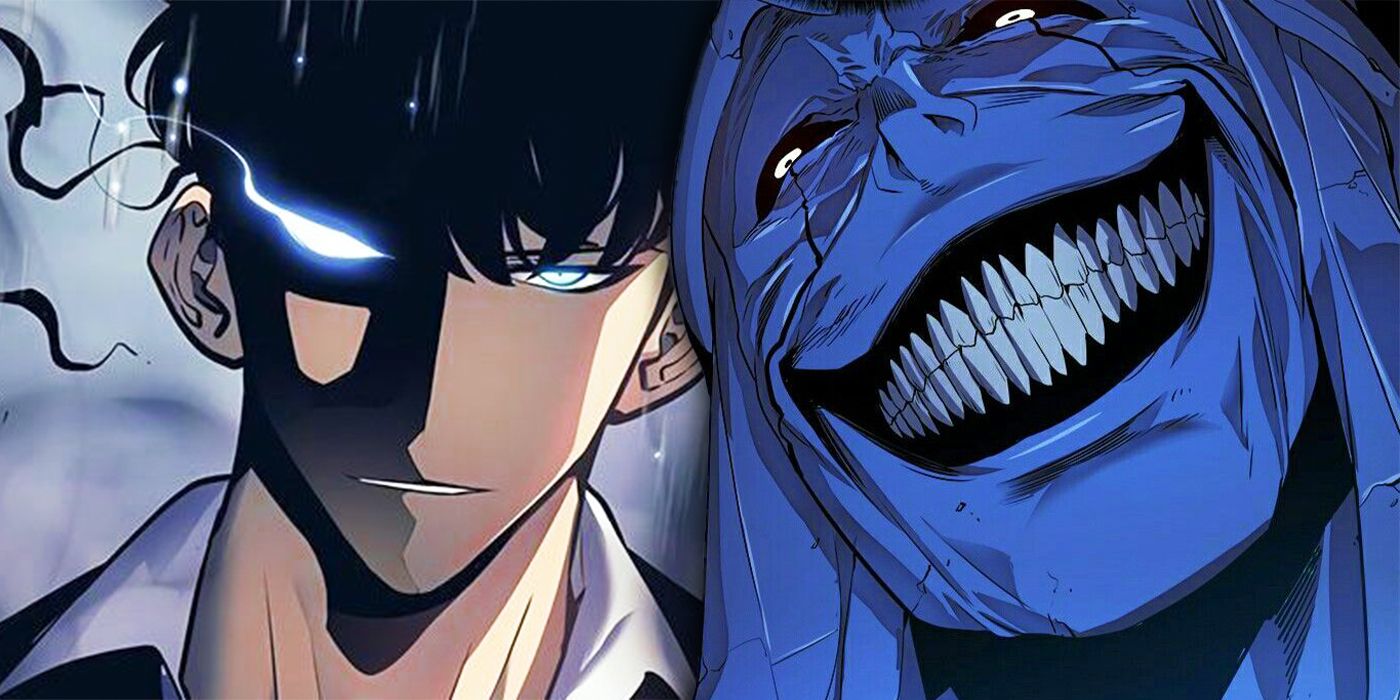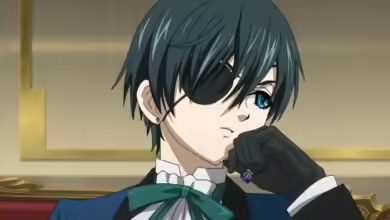Introduction to Manhwa
Manhwa is taking the world by storm, captivating readers with its unique art style and compelling storytelling. Originating from South Korea, this comic form has quickly transitioned from a niche interest to a global phenomenon. Enthusiasts are drawn to its vibrant illustrations relatable characters and rich narratives that often explore themes of love, ambition, and personal growth.
As more people discover through digital platforms and social media, it’s clear that this genre has carved out a significant place in the hearts of comic lovers everywhere. Whether you’re new to or have been following it for years, there’s no denying its growing influence on pop culture worldwide. Let’s dive into what sets manhwa apart and why it’s gaining such rapid popularity across borders!
The History of Manhwa and its Growth in Popularity

Manhwa, the Korean counterpart to Japanese manga, has roots that trace back to the early 20th century. Initially influenced by Western comics and art styles, it gradually evolved into its unique form.
The post-war era saw a surge in production as artists began experimenting with storytelling techniques and visuals. The introduction of webtoons in the late 2000s revolutionized distribution, allowing creators direct access to audiences online.
As technology advanced, so did reach. Platforms like LINE Webtoon and Tapas opened gates for global readership. This accessibility turned niche titles into viral phenomena almost overnight.
K-drama adaptations further fueled interest in stories, captivating international fans who craved more after binge-watching their favorite series. As cultural exports grew from Korea, so did an appreciation for this vibrant comic style among diverse demographics worldwide.
What Makes Manhwa Stand Out from Other Comics?
has a distinct art style that captivates readers. The characters often feature exaggerated expressions and vibrant colors, creating an immediate connection. This visual appeal draws in audiences from various backgrounds.
The storytelling is equally compelling. typically embraces diverse genres, ranging from romance to action and fantasy. Readers can easily find something tailored to their tastes.
Another standout feature is the reading format. Unlike traditional comics, is read from left to right, aligning more closely with Western comic structure. This makes it more accessible for those familiar with graphic novels or manga.
Character development also plays a crucial role in its allure. Many series delve deep into emotional arcs and personal growth, making characters relatable and memorable.
The episodic nature of allows for ongoing engagement. Readers become invested in long-running, evolving stories while keeping them eagerly anticipating future chapters.
The Influence of Korean Culture on Manhwa
Manhwa is deeply rooted in Korean culture, reflecting its values, traditions, and social dynamics. This connection elevates the storytelling experience for readers.
Themes such as family loyalty, friendship, and societal expectations often feature prominently in narratives. These themes resonate with Korean audiences and international fans who appreciate their universal appeal.
Cultural elements like fashion trends, food, and language also find a place within the art style. The vibrant visuals capture contemporary life in Korea while offering glimpses into its rich heritage.
Moreover, popular tropes drawn from K-dramas permeate many manhwa series. This familiarity draws fans into relatable situations filled with humor and emotion.
As more people discover these unique stories infused with cultural nuances, the allure of manhwa continues to grow worldwide. Its ability to merge tradition with modernity strikes a chord across diverse demographics.
How Manhwa is Gaining Global Recognition
Manhwa is rapidly gaining global recognition, captivating audiences far beyond Korea. With the rise of digital platforms, readers from different countries can easily access various titles. This accessibility has played a crucial role in its popularity.
Social media also fuels this growth. Fans share their favorite series on Twitter and Instagram, creating vibrant communities around specific titles. Viral trends often amplify interest in lesser-known works.
Moreover, translation efforts have improved significantly. Dedicated fansub groups ensure that English-speaking readers can enjoy manhwa shortly after its release in Korea.
Collaborations with international publishers further bridge cultural gaps. These partnerships help introduce new stories to diverse audiences while maintaining the essence of Korean narratives.
As more people discover unique art styles and storytelling techniques within these comics, manhwa continues to carve out its niche on the global stage.
Manhwa Adaptations in Other Forms of Media
Manhwa has transcended its original format, making waves across various media platforms. With the rise of streaming services, many beloved titles are being adapted into live-action dramas and animated series.
These adaptations often capture the essence of the source material while introducing fresh elements to attract wider audiences. For instance, gripping storylines and vibrant characters transition beautifully from page to screen.
Moreover, video game developers have recognized the potential in manhwa narratives. Many popular titles inspire immersive gaming experiences that allow fans to dive deeper into their favorite stories.
Soundtracks specifically composed for these adaptations further enhance emotional connections. They breathe life into scenes and keep viewers engaged throughout.
With each successful adaptation, more creators look towards manhwa for inspiration. This growing interest signifies a bright future for this dynamic medium beyond traditional comics.
Future of Manhwa in the Comic Industry
The future of manhwa in the comic industry looks promising. With a growing fan base worldwide, creators are increasingly exploring diverse genres and themes. This expansion is attracting new readers who crave unique storytelling.
Digital platforms have made manhwa more accessible than ever before. Readers can enjoy their favorite series on various devices, increasing engagement and interaction with creators.
As collaborations between Korean artists and international publishers become more frequent, innovative cross-cultural projects will emerge. These partnerships will further enrich the storytelling landscape.
Moreover, technological advancements like augmented reality may enhance how stories are told visually, transforming the reading experience into something immersive and interactive.
As global entertainment consumption evolves, manhwa will likely play a significant role in shaping trends within the comic world. Its influence is set to grow alongside its popularity among diverse audiences around the globe.
Conclusion
Manhwa has firmly established itself as a powerhouse in the global comic scene. Its distinctive art style, rich storytelling, and cultural influences resonate with audiences worldwide. The genre’s rise is not merely a trend; it reflects shifting preferences among readers who crave diverse narratives.
With its increasing presence on streaming platforms and adaptations into various media forms, manhwa attracts new fans daily. As creators explore innovative themes and expand their reach, the future looks bright for this captivating form of visual storytelling.
As more people discover the depth and vibrancy that manhwa offers, it’s clear that this genre will play an essential role in shaping the comic industry for years to come. The journey of manhwa is just beginning—one filled with excitement, creativity, and boundless possibilities.


